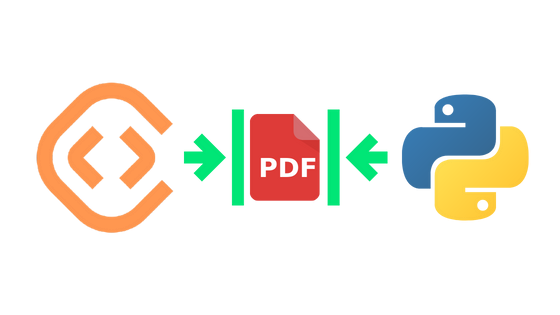With the rapid increase in digital document usage, the need to reduce file sizes has become more important.
To achieve this, ConvertAPI provides a powerful solution for compressing PDF files in Python programming language. It reduces file size while optimizing for maximal PDF quality by compressing text, graphics, and images, subsetting fonts, and optimizing document structure.
The first step is to install the ConvertAPI Python Client. To do this, you need to execute the pip command:
pip install –upgrade convertapi
Or install from source with:
python setup.py install
Once installed, using this API is easy.
All you have to do is create an account with ConvertAPI to get a free API Secret Key and add to the Code Below:
convertapi.api_secret = ‘API SECRET KEY’
convertapi.convert(‘compress’, {
‘File’: ‘/path/to/my_file.pdf’
}, from_format = ‘pdf’).save_files(‘/path/to/dir’)
To initiate the compression process, the ConvertAPI client is imported, and the API secret is set using the `api_secret` attribute.
The `convert` method is then called with the conversion destination `compress`, the path to the PDF file as an option, and the input file format `pdf`.
The result of the convert method is saved to the ‘/path/to/dir/’ directory using the `save_files` method.
Note that if the same directory is used for both the input and output files, the original file will be replaced with the compressed version.
ConvertAPI doesn’t stop there; you can use advanced conversion options from PDF Compression API page.
This Compress API provides one with a range of choices for PDF compression. You can select from various algorithms and quality levels, allowing you to compress images in your PDFs precisely as needed.
ConvertAPI also allows the removal of redundant objects like fonts, bookmarks, or annotations; page labels; article threads; tagged information, and more – making sure that nothing is taking up unnecessary space on your documents.
Even better, this API optimizes content streams within the file and linearizes compressed files too! Plus, its ability to subset embedded font makes loading them faster when viewed online – undoubtedly improving user experience.
